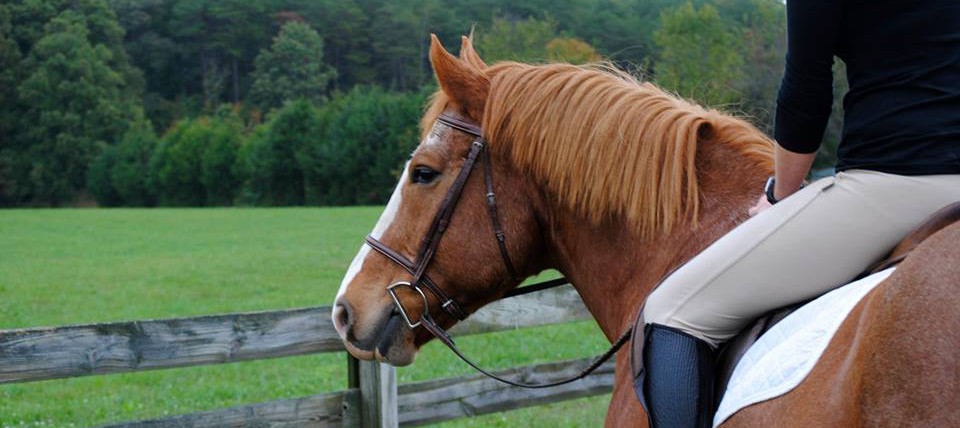- Above everything else, make sure your helmet is certified. In the United States, you want a helmet approved by The American Society for Testing and Materials (ASTM). These helmets are made to stand up to whatever you might come across while horseback riding, be it a drop, fall, or extreme temperatures/weather conditions. Some companies also get further certification by Safety Equipment Institute (SEI), which would then be marked as ASTM/SEI. It’s also important to note that other countries have their own equestrian helmet certification methods.
To find out more about helmet safety certification in the United States, check out this video from Action Rider Tack:
- Do not buy a used helmet. In spite how nice the exterior of the helmet might look, the interior of the helmet could be damaged. You do not know the history of the helmet. If the helmet was involved in a fall, it could already have internal damage that compromises your safety.
- To get an idea of the helmet size you will need, use a tape measure to measure the circumference of your head, just above your eyebrows. This will help you at the tack shop when you go to try on helmets. Some helmets are sized by their measurements or given a label of small, medium, or large.
- Try on several helmets to find the one that fits you best. Comfort and safety are both key here. (Double check the safety certifications!) Also think of the type of riding you will be doing and keep that in mind as you try on each helmet. Some helmets are better for certain disciplines than others. If you’re looking for a show helmet, you want to make sure those requirements are met as well.
- Make sure your helmet fits! When you purchase a helmet, there are various pads you can add to the inside of the helmet so that it fits snuggly on your head. You want it to fit so that, even when the helmet is unbuckled, the helmet doesn’t slide around. Again, you want a snug helmet but not one that is too tight. You want to also make sure that the strap is secure (but not too tight) under your chin. A helmet that fits well will sit about 1.25cm-2.5cm above your eyebrows, not squeeze your head, and not slide around.
Want more tips on fitting a helmet? Check out this video:
- It is recommended that you replace your helmet every five years and they definitely need to be replaced after an impact.


